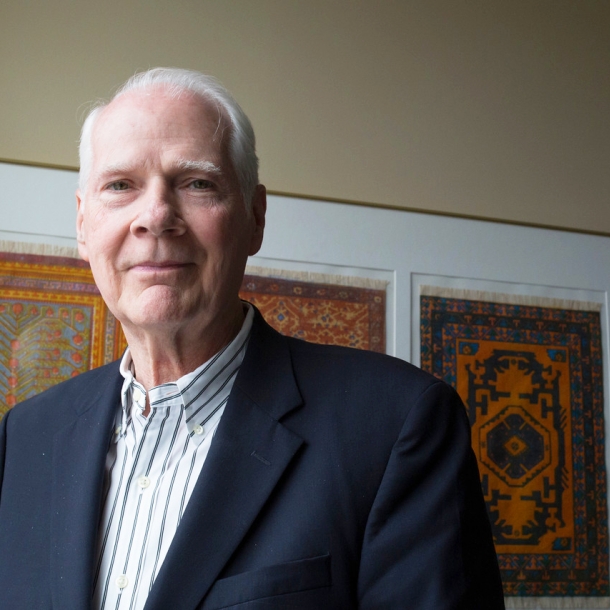Treatment and Housing Services for Persons with Serious Mental Illness
Author

Ron Manderscheid
Upcoming Events
Related News
Homelessness remains a serious and chronic problem in the United States. Although the number of persons who are homeless has decreased slightly as the economy has improved over the past several years, about 600,000 persons will be homeless tonight, including about 40,000 military veterans. Of this number, between 120,000 and 180,000 (20 percent–30 percent) are persons who have a serious mental illness.
Mental illness is a key risk factor for becoming homeless, and being homeless is a key risk factor for becoming incarcerated. Thus, tonight, about 180,000 persons incarcerated in our county and local jails will be persons with a serious mental illness, many of whom are homeless.
Common knowledge in the behavioral health field asserts that if a person does not have a home, then the jail becomes his or her home. A fundamental question is how to break this cycle of mental illness-homelessness-incarceration.
One key intervention is excellent mental health services. Our current work with county mental health and behavioral health programs has linked weak crisis- response capacity with higher levels of incarceration for persons with serious mental illness.
Good crisis response services include warm and hot lines, crisis intervention team training for police and other first responders, respite beds for clients and for family members, restoration or sobering centers, community residential and hospital inpatient beds, and effective case management and peer support services. Since only large counties are likely to have all of these services, the operational question becomes which of these services a county actually needs to put into place to reduce incarceration of persons with serious mental illness.
A second key intervention is good housing services. We have learned that mental health services and other health services will be less effective if a client has no place to live. Hence, it is important to address both health and housing needs. Good housing services for persons with serious mental illness include both short- and longer-term transitional housing, as well as permanent housing, each with appropriate mental health service supports. These supports will include case management and peer support, as well as appropriate treatment interventions. In the most highly developed systems, they also can include job and social supports as well.
Although Medicaid is a primary source of service funding for persons who are mentally ill and homeless, it was not designed to pay for housing, per se. However, the Center for Medicaid Services, through its Innovation Center, has developed demonstration grants intended to deploy Medicaid funds to pay for the necessary infrastructure that will link health and behavioral health service clients with needed housing, job and social supports. Counties should monitor these Community Accountable Care Grants to determine how well they work and whether they will be continued by CMS in the future.
Some counties already are developing housing for those with serious mental illness. One variant is longer-term, yet temporary housing for persons who are homeless. The Haven for Hope in Bexar County, Texas, is probably the pre-eminent example of this arrangement. Persons and families can reside for up to two years at the Haven while learning needed job skills. Funding for the Haven was provided through a large philanthropic grant.
A second variant is the conversion of former motels and hotels into permanent housing for persons who are mentally ill and homeless. Sometimes these conversions are paid for with donated private funds, other times by appropriated county funds. Good examples of these arrangements can be found in Sonoma County, Calif. and Victoria, Texas.
A third variant is the conversion of a house into a permanent small group home for several clients, usually with donated funds. Examples of this arrangement can be found in King County, Wash. and Fairfax County, Va.
A fourth variant is a full continuum of housing arrangements from short- to longer-term temporary housing and permanent housing. An excellent example of this arrangement can be found in Los Angeles County, which supports eight different levels of housing arrangements for persons with serious mental illness. Funds to support this program are provided through the “millionaires’ tax” for mental health, which is unique to California.
Thus, to be able to provide both health and housing services, counties will need to be very agile. In many instances, public-private partnerships will be necessary secure funding to develop required housing.
The population of persons who are both mentally ill and homeless presents counties with a very complex service problem. Solutions to this problem will require a comparable level of creativity and complexity.
Attachments
Related News

County Countdown – Dec. 15, 2025
Every other week, NACo's County Countdown reviews top federal policy advocacy items with an eye towards counties and the intergovernmental partnership.
Stretching small opioid settlement allocations helps funding do more
States and localities are set to receive $56 billion in opioid settlement dollars over an 18-year period, but not every county that receives settlement funding will get enough to build out infrastructure.